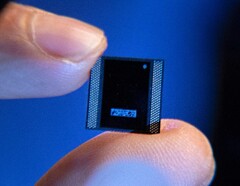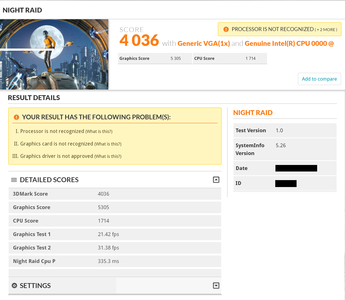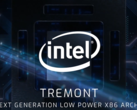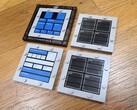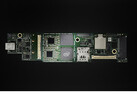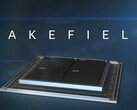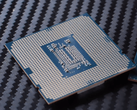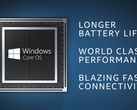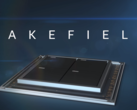Intel showcased the Lakefield architecture back in late 2019 as an alternative to ARM’s tech that is employed in most SoC designs nowadays, including Qualcomm’s Snapdragon lineup, HiSicon’s Kirin chips and MediaTek’s mobile processor portfolio. One of the first Lakefield SoC that will be launched this year is the 5-core i5-L16G7 chip, and, thanks to some 3DMark results uncovered by TUM_APISAK, we can now get an idea of how well these chips perform in games.
Unlike the usual flat chip component arrangement, Intel’s Lakefield is bringing 3D chip stacking via the proprietary Foveros technology. This allows the layering of core, memory and I/O components in a smaller and more energy-efficient package and the reduction of the overall size of the motherboard. The penta-core i5-L16G7, for example, combines 1 large “Sunny Cove” 10 nm core with four smaller Tremont 22 nm cores and a Gen 11 iGPU in a package measuring 12x12x1 milimenters. This new layering tech should improve performance scaling and battery life for ultraportable devices like the upcoming Microsoft Surface Neo and Surface Duo, Samsung Galaxy Book S and the Lenovo ThinkPad X1 Fold.
Even though the 3DMark benchmark does not mention any CPU specs, TUM_APISAK says this chip is running at 1.4 GHz base clock, so we assume this could be the i5-L16G7 that was previously leaked as running at 1.4 GHz base and 1.7 GHz boost. Unfortunately we still have no specs for the core cluster or the Gen 11 iGPU. In any case, the SoC managed to score 5,305 points for the GPU test and 1,714 for the CPU test (4,036 overall), which brings it in range of a Celeron G3900 + Nvidia MX250 combo. Not that encouraging, but this chip will most likely power ultraportable devices like the Surface Duo, which was not designed for gaming anyway.
I first stepped into the wondrous IT&C world when I was around seven years old. I was instantly fascinated by computerized graphics, whether they were from games or 3D applications like 3D Max. I'm also an avid reader of science fiction, an astrophysics aficionado, and a crypto geek. I started writing PC-related articles for Softpedia and a few blogs back in 2006. I joined the Notebookcheck team in the summer of 2017 and am currently a senior tech writer mostly covering processor, GPU, and laptop news.
> Expert Reviews and News on Laptops, Smartphones and Tech Innovations > News > News Archive > Newsarchive 2020 02 > First Intel Lakefield 3DMark CPU and GPU tests are in
Bogdan Solca, 2020-02-14 (Update: 2020-02-14)




